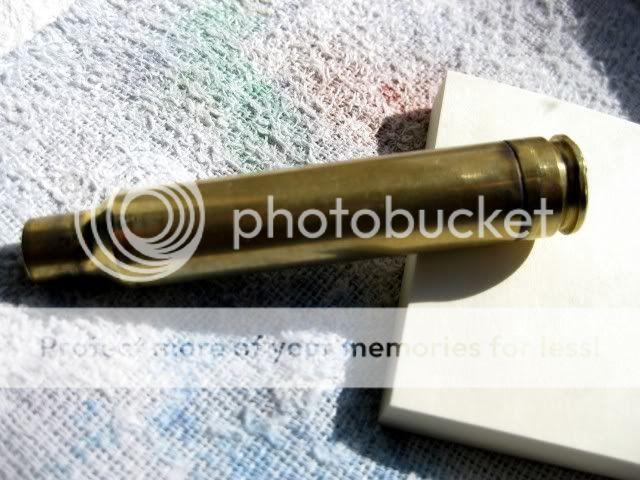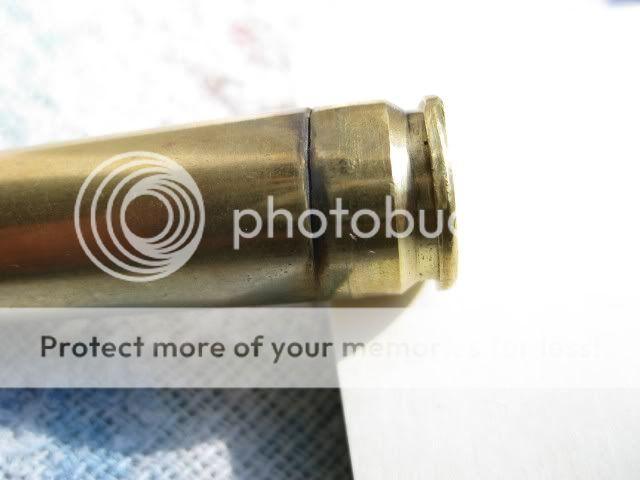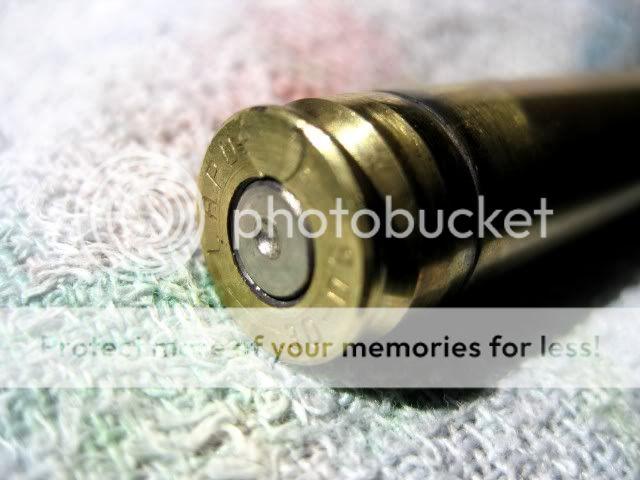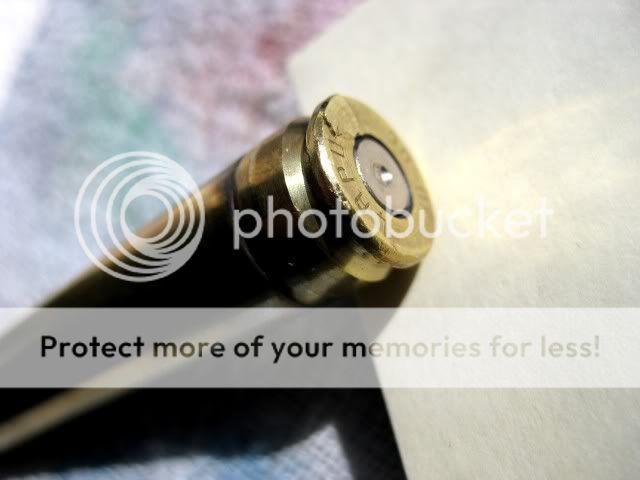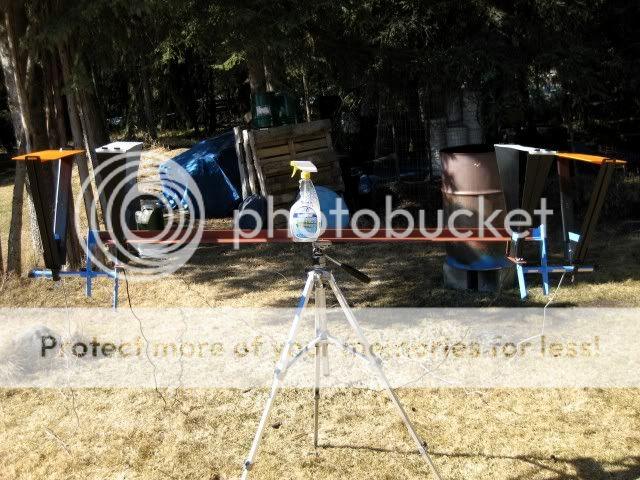OMG... If it was posted on *****Sniper's Hide***** - it must be true! That's a Five Star rated Forum.
I'll take some soapy water out with me the next time I shoot. I'll place enough on the exterior of the catridge case to wet it, but not so much as to taint the bore from the case neck forward, or to squeeze the water out in front of the case mouth upon chambering, firing, and cartridge case expansion at the moment of firing.
In fact I can't wait. I'm reloading right now. Same load I shot and chronographed both Saturday and Sunday, last weekend. As soon as I finish I'll walk out in the back yard and touch one off over my dual setup chronographs. I'll obtain two muzzle velocities, one from each chronograph, in order to provide ANY idication of any higher than normal pressures, and will also check bolt lift and case heads for any signs of additional pressure.
I won't waste any more than one fired round on this excercise in knocking the legs out from a bogus explanation for elevated cartridge pressure. I'll wear leather gloves, safety glasses, and snow machine helmet before touching one off. Just in case I'm the one that receives the education in the process...
Like I said. This is too funny... I will report back before the sun sets on Alaska's Kenai Peninsula.
I'll take some soapy water out with me the next time I shoot. I'll place enough on the exterior of the catridge case to wet it, but not so much as to taint the bore from the case neck forward, or to squeeze the water out in front of the case mouth upon chambering, firing, and cartridge case expansion at the moment of firing.
In fact I can't wait. I'm reloading right now. Same load I shot and chronographed both Saturday and Sunday, last weekend. As soon as I finish I'll walk out in the back yard and touch one off over my dual setup chronographs. I'll obtain two muzzle velocities, one from each chronograph, in order to provide ANY idication of any higher than normal pressures, and will also check bolt lift and case heads for any signs of additional pressure.
I won't waste any more than one fired round on this excercise in knocking the legs out from a bogus explanation for elevated cartridge pressure. I'll wear leather gloves, safety glasses, and snow machine helmet before touching one off. Just in case I'm the one that receives the education in the process...
Like I said. This is too funny... I will report back before the sun sets on Alaska's Kenai Peninsula.
Last edited:

